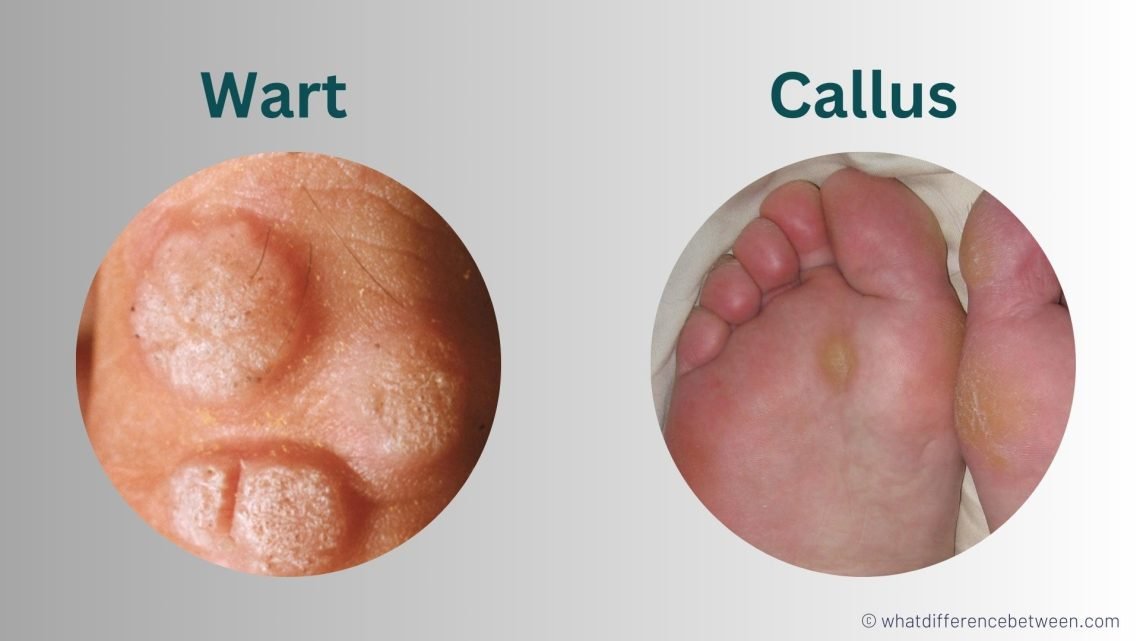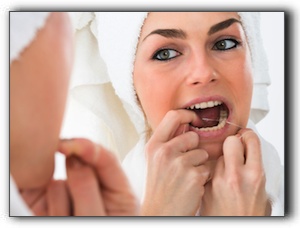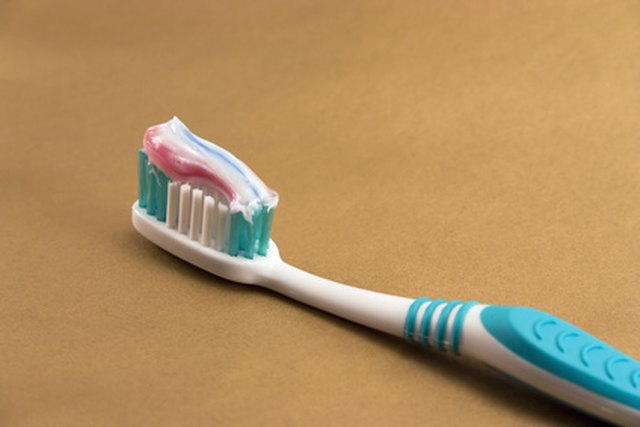What's Pimple Vs Wart? Spot Difference

The skin - our body’s largest organ, and often a source of fascination and frustration. Two common skin concerns that can be easily mistaken for one another are pimples and warts. While both can be unsightly and unwelcome, they have distinct differences in terms of their causes, symptoms, and treatments. Let’s dive into the world of skin Health and explore the key differences between pimples and warts.
What are Pimples?
Pimples, also known as zits or acne, are small bumps on the skin that occur when the pores become clogged with oil, dead skin cells, and bacteria. This can lead to inflammation, redness, and sometimes pus-filled lesions. Pimples can appear anywhere on the body, but they are most common on the face, chest, and back. They are often associated with hormonal fluctuations, stress, and poor skincare habits.
What are Warts?
Warts, on the other hand, are small, rough growths on the skin that are caused by the human papillomavirus (HPV). They can appear anywhere on the body, but are most common on the hands, feet, and face. Warts are highly contagious and can be spread through skin-to-skin contact or by touching contaminated surfaces. They are often harmless, but can be painful and unsightly.
Key Differences
So, how can you tell if you have a pimple or a wart? Here are some key differences to look out for:
- Appearance: Pimples are typically small, red, and inflamed, with a white or yellowish head. Warts, on the other hand, are usually small, rough, and flesh-colored, with a cauliflower-like appearance.
- Cause: Pimples are caused by clogged pores and bacterial infection, while warts are caused by the HPV virus.
- Location: Pimples can appear anywhere on the body, but are most common on the face, chest, and back. Warts are most common on the hands, feet, and face.
- Symptoms: Pimples can be painful and inflamed, while warts are usually painless, but can be itchy or uncomfortable.
- Treatment: Pimples can be treated with topical creams, antibiotics, and lifestyle changes, such as maintaining good skincare habits and reducing stress. Warts, on the other hand, can be treated with over-the-counter medications, cryotherapy, or prescription medications.
Comparative Analysis
To further illustrate the differences between pimples and warts, let’s take a look at a comparative analysis of their characteristics:
| Characteristic | Pimples | Warts |
|---|---|---|
| Appearance | Small, red, and inflamed | Small, rough, and flesh-colored |
| Cause | Clogged pores and bacterial infection | HPV virus |
| Location | Face, chest, back | Hands, feet, face |
| Symptoms | Painful and inflamed | Painless, but can be itchy or uncomfortable |
| Treatment | Topical creams, antibiotics, lifestyle changes | Over-the-counter medications, cryotherapy, prescription medications |

| Characteristic | Pimples | Warts |
|---|---|---|
| Appearance | Small, red, and inflamed | Small, rough, and flesh-colored |
| Cause | Clogged pores and bacterial infection | HPV virus |
| Location | Face, chest, back | Hands, feet, face |
| Symptoms | Painful and inflamed | Painless, but can be itchy or uncomfortable |
| Treatment | Topical creams, antibiotics, lifestyle changes | Over-the-counter medications, cryotherapy, prescription medications |
Myth vs. Reality
There are many myths and misconceptions surrounding pimples and warts. Let’s address a few of them:
- Myth: Pimples are caused by poor hygiene.
- Reality: While poor hygiene can contribute to the development of pimples, they are primarily caused by hormonal fluctuations, genetics, and other factors.
- Myth: Warts are caused by poor diet or stress.
- Reality: Warts are caused by the HPV virus, and while a healthy diet and stress management can help boost the immune system, they are not direct causes of warts.
Pros and Cons of Treating Pimples and Warts
- Pros of treating pimples:
- Reduced inflammation and redness
- Prevention of scarring
- Improved skin texture and tone
- Cons of treating pimples:
- Potential side effects of medications
- Time and effort required for skincare routine
- Cost of treatments and products
- Pros of treating warts:
- Removal of unsightly growths
- Prevention of further spread
- Improved skin appearance and texture
- Cons of treating warts:
- Potential discomfort or pain during treatment
- Time and effort required for treatment and follow-up
- Cost of treatments and products
FAQ Section
What is the best way to prevent pimples?
+The best way to prevent pimples is to maintain good skincare habits, such as washing your face twice a day, using non-comedogenic products, and avoiding picking or popping pimples. Additionally, reducing stress, getting enough sleep, and eating a healthy diet can help prevent breakouts.
Can warts be prevented?
+While there is no surefire way to prevent warts, you can reduce your risk of getting them by avoiding skin-to-skin contact with someone who has warts, keeping your skin clean and dry, and avoiding sharing personal items such as towels or razors.
What is the difference between a pimple and a cyst?
+A pimple is a small, inflamed bump on the skin, while a cyst is a larger, more painful bump that can be filled with pus or fluid. Cysts are often deeper in the skin than pimples and can take longer to heal.
Can warts be treated at home?
+Yes, there are several over-the-counter treatments available for warts, such as salicylic acid or cryotherapy kits. However, it's always best to consult a dermatologist for a proper diagnosis and treatment plan, as some warts can be resistant to treatment or may require prescription medication.
How long does it take for a pimple to heal?
+The healing time for a pimple can vary depending on the severity of the pimple and the effectiveness of treatment. Generally, a pimple can take anywhere from a few days to a few weeks to heal, with most pimples resolving on their own within 7-10 days.
Can warts be contagious?
+Yes, warts are highly contagious and can be spread through skin-to-skin contact or by touching contaminated surfaces. It's essential to take precautions to prevent the spread of warts, such as keeping your skin clean and dry, avoiding sharing personal items, and avoiding close contact with someone who has warts.
In conclusion, while pimples and warts can be frustrating and unsightly, they are two distinct skin concerns with different causes, symptoms, and treatments. By understanding the differences between them and taking proper care of your skin, you can reduce your risk of developing pimples and warts and maintain healthy, glowing skin. Remember, if you’re unsure about a skin concern, it’s always best to consult a dermatologist for a proper diagnosis and treatment plan.


